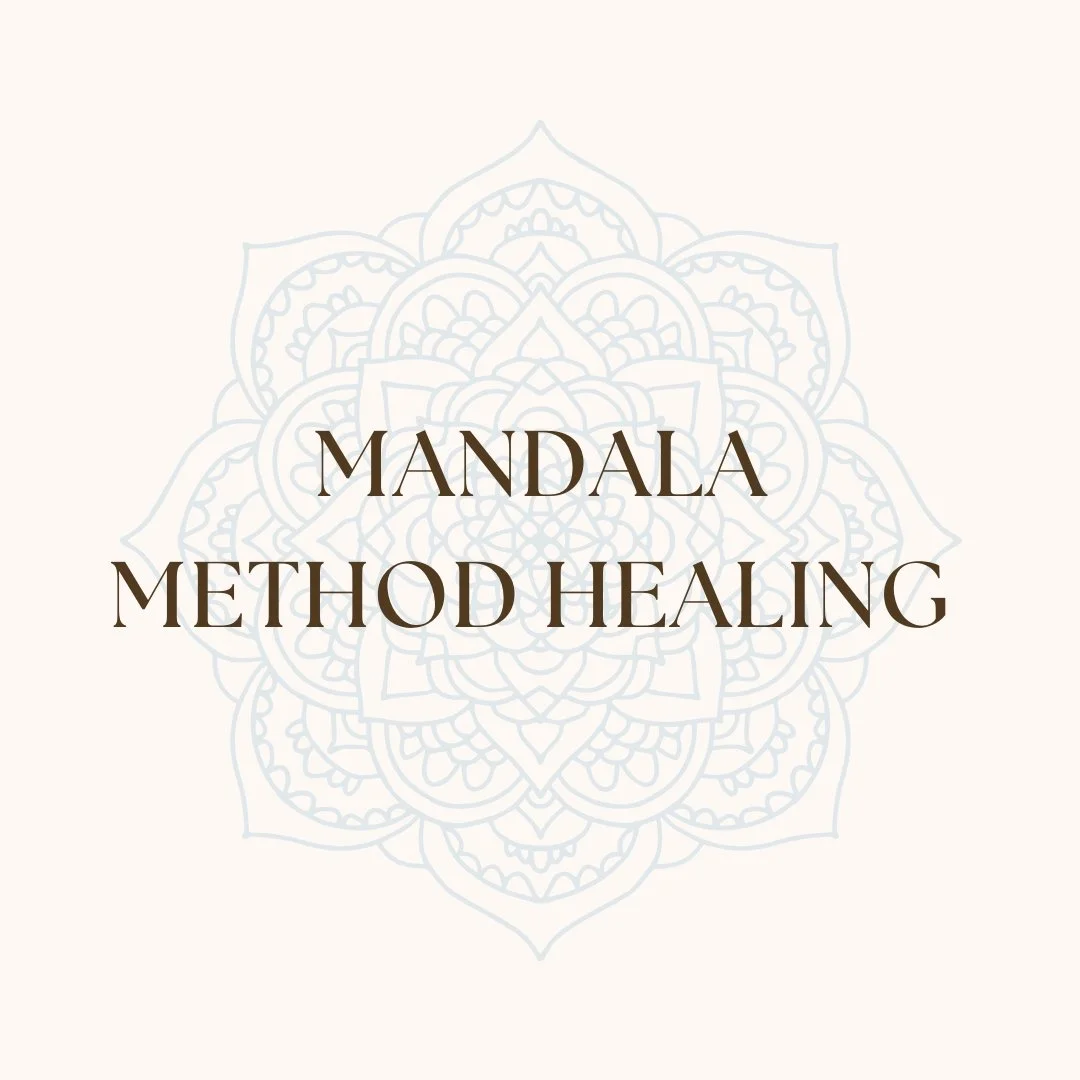Sound Healing: Ancient Wisdom for the Modern Nervous System
The content in this post is for informational purposes only. It is not a substitute for professional medical advice, diagnosis, or treatment. Please consult a qualified healthcare professional for advice specific to your situation before starting any new treatment or wellness routine. This post may contain affiliate links, meaning I earn a small commission at no additional cost to you if you make a purchase through these links. As an affiliate, I only recommend products that I truly believe in from companies that I personally trust. This blog post was created with the assistance of AI tools to improve research, clarity, and ensure proper spelling and grammar. All final edits and opinions are my own.
-
Have you ever felt your whole body exhale in the presence of a singing bowl? Or noticed how music can shift your mood in an instant? That’s not a coincidence. Sound has always been medicine.
Sound healing is one of the oldest wellness practices in the world — used across cultures and continents for thousands of years. Long before modern research confirmed its power, ancient people were already using sound to shift consciousness, release pain, and support healing.
Where It Comes From: A Global Legacy of Sound as Medicine
Cultures everywhere have used sound as a tool for healing. Drums, chants, rattles, humming, and song have always played a role in spiritual and emotional wellbeing. But some of the most documented uses of sound as a therapeutic practice come from Ancient Egypt and Tibetan traditions.
In Ancient Egypt, it’s believed that temples were built with acoustics in mind, and that vowel sound chanting and musical tones were used in sacred rituals. In Tibet, gongs and singing bowls were (and still are) used to calm the mind and prepare for meditation, helping to bring people into harmony with themselves and their environment.
Today, we carry these traditions forward in a new way: honoring their roots while using modern tools to deepen our understanding.
Why It Works: The Science of Sound Healing
While sound healing may feel magical, its effects are grounded in science. Sound travels through the body 4–5 times faster than through the air, which means it can reach deep into our tissues, bones, and nervous system. The body responds to these vibrations in powerful ways, often shifting into a state of rest and repair within minutes.
Modern research now supports what ancient traditions have known all along. Here are just a few of the proven benefits of sound healing:
A 2016 study published in the Journal of Evidence-Based Complementary & Alternative Medicine found that singing bowl meditations significantly reduced tension, anger, fatigue, and depression in participants, even after just one session.
Research from the University of California, San Diego found that sound baths can help reduce anxiety and improve overall mental health, especially for people who struggle to quiet their thoughts or feel overstimulated.
Studies have also explored sound therapy for people with cancer, PTSD, and chronic pain, finding that sound can help regulate the nervous system, reduce pain perception, and even improve sleep quality.
What It Feels Like: A Nervous System Reset
In my sessions, I often describe sound healing as a “nervous system reset.” Whether you’re lying still in a sound bath, receiving it during a massage, or dropping into a trance-like state with subliminal sound therapy, the experience invites your body to let go.
Many people report:
Feeling lighter or clearer after a session
Experiencing deep emotional release (relief, tears for example)
A sense of timelessness or peace they haven’t felt in years
Better sleep, less tension, and more presence in their day-to-day lives
Ways to Experience Sound Healing with Me
Each sound bath is a unique experience, and the effects can vary every time. There’s no one way to experience sound healing, and that’s what makes it so beautiful. With me, you can receive sound healing:
During a Mandala Method Massage, where live sound is layered into your therapeutic session for deeper nervous system support
In dedicated sound bath sessions, designed for group or individual healing
As part of Subliminal Sound Healing, where sound, hypnosis, and affirmations meet to reprogram limiting beliefs and support your subconscious mind
If your body has been asking for stillness…
If your mind has been running on overdrive…
If you’re craving a gentler way to come back home to yourself…
Sound healing might be the next step.
Let this be your invitation to explore.
References
Goldsby, T. L., Goldsby, M. E., McWalters, M., & Mills, P. J. (2017). Effects of singing bowl sound meditation on mood, tension, and well-being: An observational study. Journal of Evidence-Based Complementary & Alternative Medicine, 22(3), 401–406. https://doi.org/10.1177/2156587216668109
Goldsby, T. L., & Mills, P. J. (2019). Effects of singing bowl sound meditation on mood, anxiety, pain, and spiritual well-being: A randomized controlled trial. Journal of Alternative and Complementary Medicine, 25(9), 931–937. https://doi.org/10.1089/acm.2019.0175
(Conducted at the University of California, San Diego.)
Zhang, Y., Chen, W., & Zhang, C. (2021). Sound therapy for post-traumatic stress disorder: A systematic review. Frontiers in Psychology, 12, 670956. https://doi.org/10.3389/fpsyg.2021.670956
Warth, M., Kessler, J., Hillecke, T. K., & Bardenheuer, H. J. (2014). Music therapy in palliative care: A randomized controlled trial to evaluate effects on relaxation. Deutsche Medizinische Wochenschrift, 139(41), 2064–2068. https://doi.org/10.1055/s-0034-1387734
Peng, S. M., Koo, M., & Kuo, J. C. (2009). Effect of music and sound therapy on sleep quality: A meta-analysis. Journal of Nursing Research, 17(3), 193–200. https://doi.org/10.1097/JNR.0b013e3181b2550e
